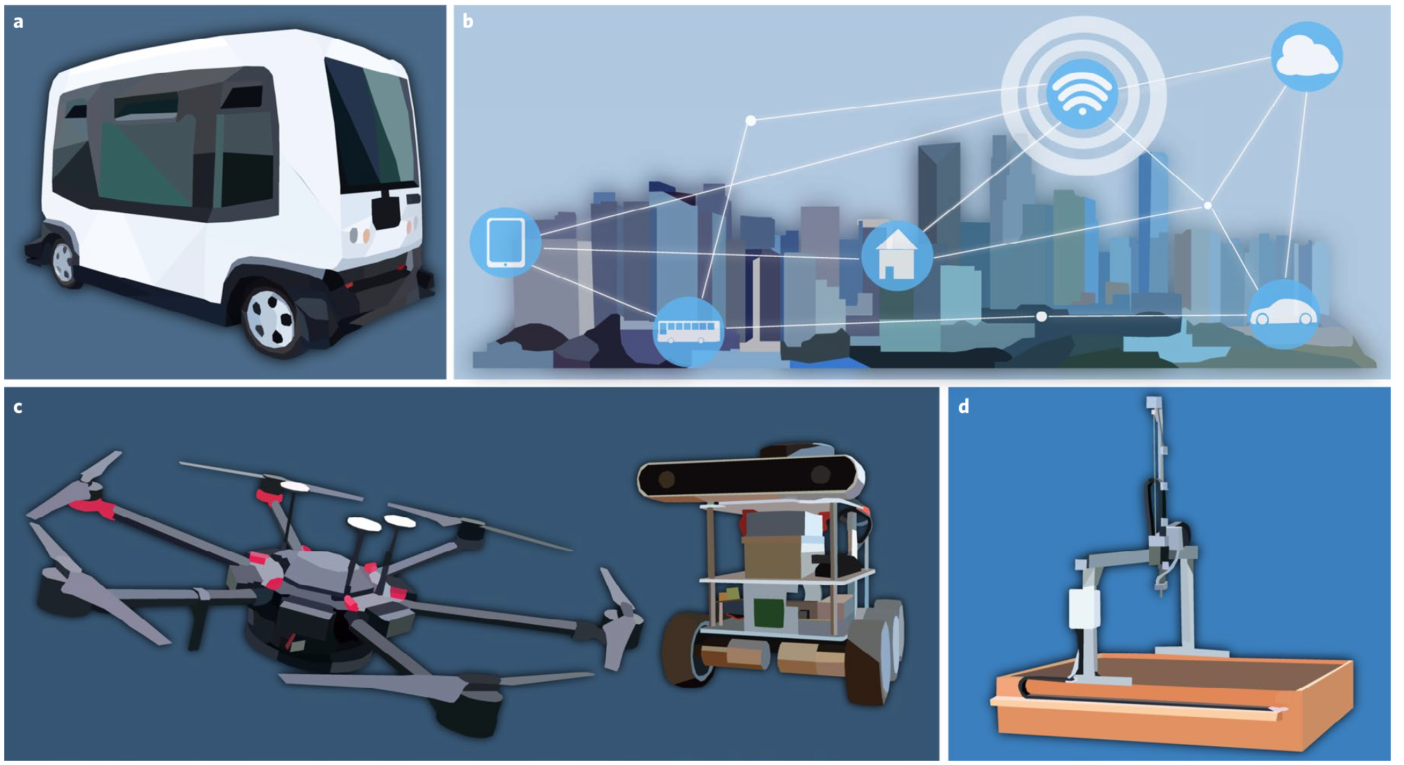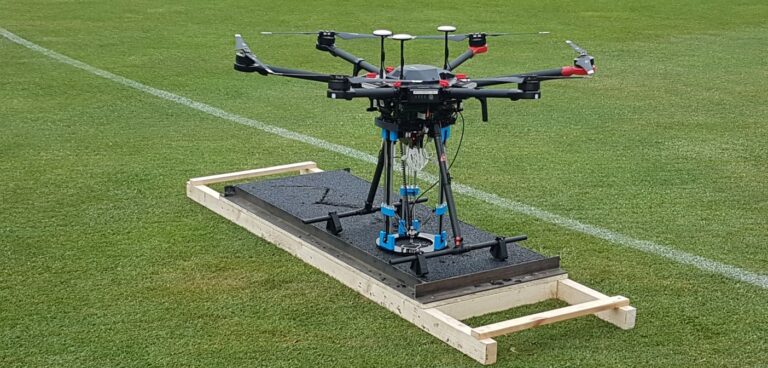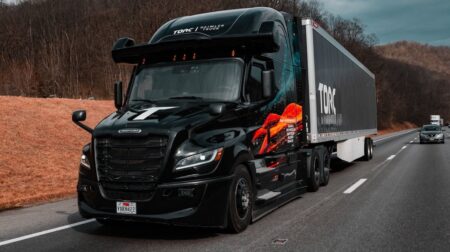Researchers from the University of Leeds are studying the opportunities and challenges of drones and autonomous systems on urban nature.
A team of some 170 international researchers said technology could transform the natural world in and around cities for both people and wildlife.
As part of Leeds’ Self Repairing Cities project, the study looked at unmanned aerial vehicles, self-driving cars, robots able to repair infrastructure, and wireless sensor networks used for monitoring.
The findings highlighted the opportunities to improve to monitor nature, such as identifying emerging pests and ensuring plants are cared for.
According to researchers, these technologies could also reduce pollution and traffic congestion as autonomous vehicles and drones become more widely used across cities.

It also looked at how to help people engage with and appreciate the natural world around them.
“Spending time in urban green spaces and interacting with nature brings a range of human health and well-being benefits, and robots are likely to transform many of the ways in which we experience and gain benefits from urban nature,” said first author Dr Mark Goddard.
“Understanding how robotics and autonomous systems will affect our interaction with nature is vital for ensuring that our future cities support wildlife that is accessible to all.”
Published in Nature Ecology & Evolution, the research warned that advances in robotics and automation could also damage the environment. It said the new technology may generate new sources of waste and pollution, with potentially substantial negative implications for urban nature.
Furthermore, cities might have to be re-planned to provide enough room for robots and drones to operate, potentially leading to a loss of green space, according to the study, which added that such systems could also increase existing social inequalities, such as unequal access to green space.
Lead author, Dr Martin Dallimer, from the school of Earth and environment at the University of Leeds, said: “Technology, such as robotics, has the potential to change almost every aspect of our lives. As a society, it is vital that we proactively try to understand any possible side effects and risks of our growing use of robots and automated systems.
“Although the future impacts on urban green spaces and nature are hard to predict, we need to make sure that the public, policy makers and robotics developers are aware of the potential pros and cons, so we can avoid detrimental consequences and fully realise the benefits.”
He added that the project aims to enable robots and autonomous systems to maintain urban infrastructure without causing disruption to citizens.








